It takes a lot of images to map the heavens. In order for the Very Large Array Sky Survey…
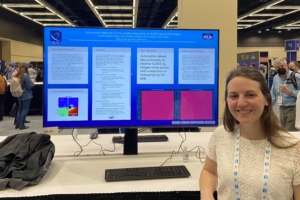
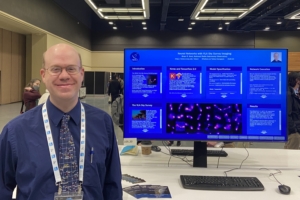
Using a Neural Network to Find New Radio Sources
The Very Large Array Sky Survey (VLASS) is creating a map of nearly 80% of the radio sky. As…
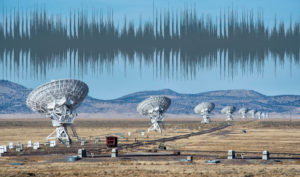
Interference from a Busy Planet
Since the 1930s, when Karl Jansky detected the first radio signals from space, astronomers have used radio telescopes to…
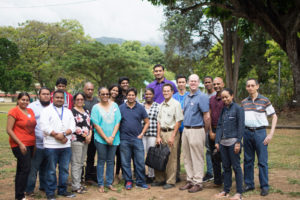
NRAO NINE Participants Explore Radio Astronomy in Trinidad
The NRAO NINE (National and International Non-traditional Exchange) program and Office of Diversity and Inclusion aim to train students…
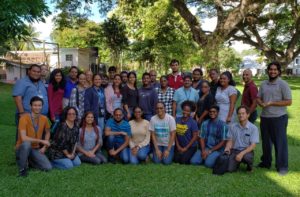
Developing a Quick Method to Review VLASS QuickLook Data
The NRAO-led National and International Non-Traditional Exchange (NINE) Program, part of the NRAO Office of Diversity and Inclusion, trains…
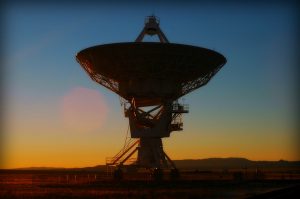
Day and night, we’re mapping the sky (and producing terabytes of data)
The Very Large Array Sky Survey is observing 33,885 square degrees of the sky over seven years, mapping 82…

